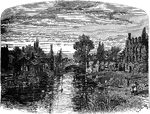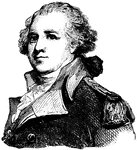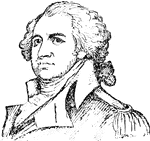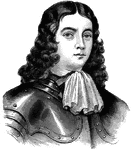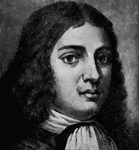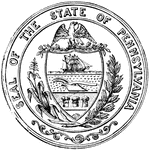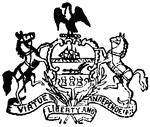Clipart tagged: ‘PA’
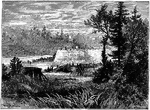
Fort Duquesne
Fort Duquesne (originally called Fort Du Quesne) was a fort established by the French in 1754, at the…

Great Falls
"Shelling Confederate cavalry across the Potomac River from the heights of Great Falls, by Major West,…

Attack at Harrisonburg
"Gallant attack by 150 of the Pennsylvania Bucktails, led by Colonel Kane, upon a portion of General…
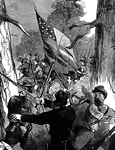
Attack at Harrisonburg
"Gallant attack by 150 of the Pennsylvania Bucktails, led by Colonel Kane, upon a portion of General…
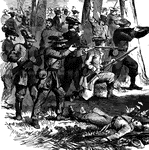
Attack at Harrisonburg
"Gallant attack by 150 of the Pennsylvania Bucktails, led by Colonel Kane, upon a portion of General…
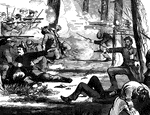
Attack at Harrisonburg
"Gallant attack by 150 of the Pennsylvania Bucktails, led by Colonel Kane, upon a portion of General…

Flag of Panama, 2009
Black and white outline flag of Panama. Divided into four, equal rectangles; the top quadrants are white…

Flag of Panama, 2009
Color flag of Panama. Divided into four, equal rectangles; the top quadrants are white (hoist side)…
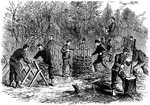
77th Pennsylvania Regiment
"Captain Muller's Battery Company of the Seventy-seventh Pennsylvania Regiment making fascines and gabions…

Pennsylvania Seal
Seal of the commonwealth of Pennsylvania, 1876, showing Pennsylvania as a cornerstone. Motto: Virtue,…
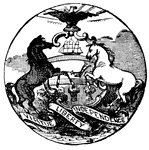
Pennsylvania Seal
Seal of the commonwealth of Pennsylvania, 1904. Motto: Virtue, Liberty, Independence.

William Penn's Treaty with the Native Americans
An illustration of the treaty between the Native Americans and William Penn.
